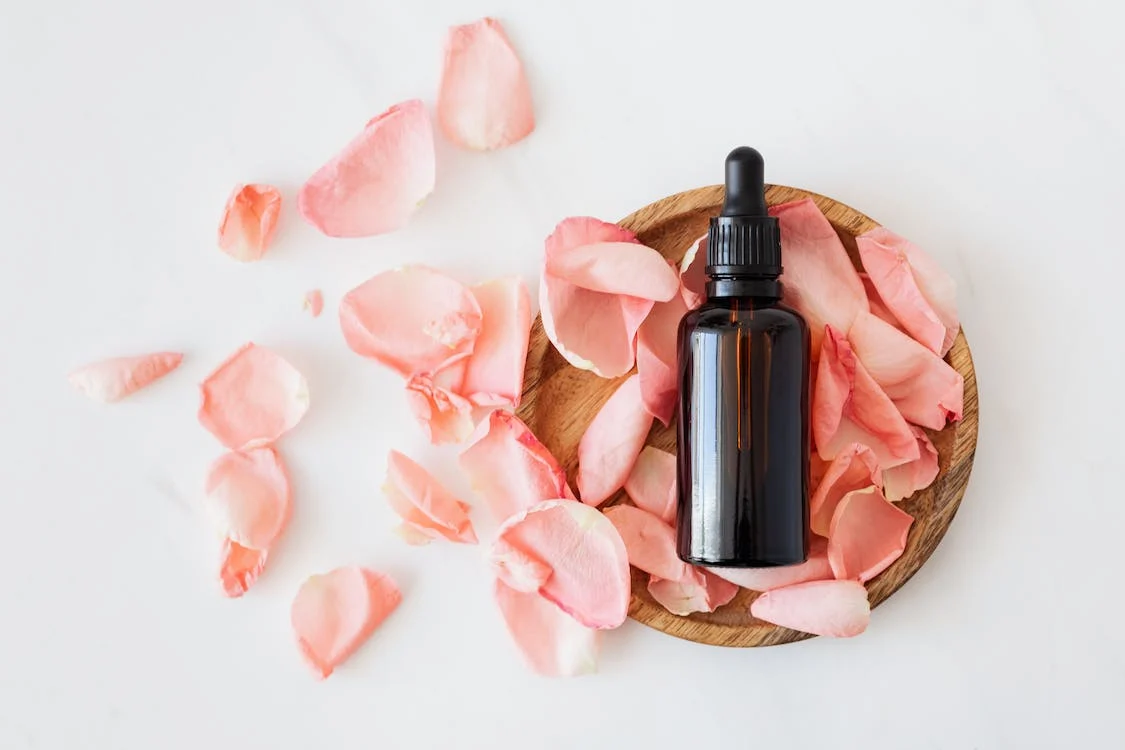In this new segment, we are going to be taking a closer look at common ingredients that can be found in cosmetics. After all, you’d have to be very well read to understand chemical names and even with natural-sounding ingredients, you might not have any idea what they are. That latter is the case with our first focus – Jojoba. What is jojoba? You will find the wax or oil in many cosmetics, but is it good? Is it bad? Should those with sensitive skin be worried about it? Let’s find out!
What is Jojoba?
On the ingredients label, you might also spot Jojoba oil or wax by its scientific name, Simmondsia chinensis (or californica). As for what it is, Jojoba is actually a shrub that is grown in the Southwestern United States and Mexico. The wax or oil actually comes from the seeds of the shrub that are, not unlike the olive, 50 percent oil by weight.
Although not identified until the 19th century, Jojoba has a long history with Native Americans where tribes native to the hot areas where Jojoba grows used it for cooking, hair care, and to sooth wounds. Later, it would experience a boom in popularity in the 1970s, but that has since fell off. The reason that Native Americans used it and why cosmetic companies still use it today is that turns out that Jojoba wax and oil has a lot of similarities to sebum, which the oil that humans secrete from their pores.
What is Jojoba Used for in Cosmetics?
After hearing the history of Jojoba, you can probably somewhat guess what Jojoba is used for. However, to be specific it is used as both a moisturizer due to its close relation to our natural human oils as well as an emollient to soothe skin and unclog hair follicles. As Jojoba is also a fungicide, it can also act as somewhat of a natural preservative.
Lotions, moisturizers, shampoos, lipstick, eye liner, and likely so many more cosmetics make good use of Jojoba. Often the wax can be a great alternative to beeswax for those with allergies, which opens up a larger lipstick world. You can also use Jojoba oil in its pure form as well. While its pure form should not be ingested, it can be used on skin, hair, and cuticles to sooth, strengthen, and moisturize.
Is Jojoba Safe for Sensitive Skin?
So is it safe for sensitive skin? The answer is a pretty energetic “Oh, heck yes!” There is a reason that if you are choosing natural and organic cosmetics for your sensitive skin that you see Jojoba in almost every ingredients label, it is a great natural ingredient to use.
Due to the oil’s close relation to our natural oils, it pairs well with sensitive skin. The only time that Jojoba would be considered as an irritant is if you have an allergy to it, and there are people with allergies to Jojoba, so it is not uncommon.
Of course, since it is so close to sebum, too much of Jojoba oil can clog your pores in a similar way. This is why you should only use the pure version of the oil on non-face areas of the body that really need moisturizing (hair and cuticle use is fine). If you have psoriasis or eczema, Jojoba oil can be a good natural treatment option.
One final thing to add is that I mentioned that you shouldn’t eat it. Ingesting Jojoba oil or wax in the small amounts that are in cosmetics is fine. However, if you were to take a swig of the pure stuff, you wouldn’t enjoy the result. The natural acid, erucic acid, that is in it can cause heart damage, but the good news is that it is non-digestible. So essentially your only problem is that the oil will literally run right through you. That being said, don’t consider using just a little bit as a laxative either. Its non-digestible natural can cause stool conditions that you don’t want to deal with.

